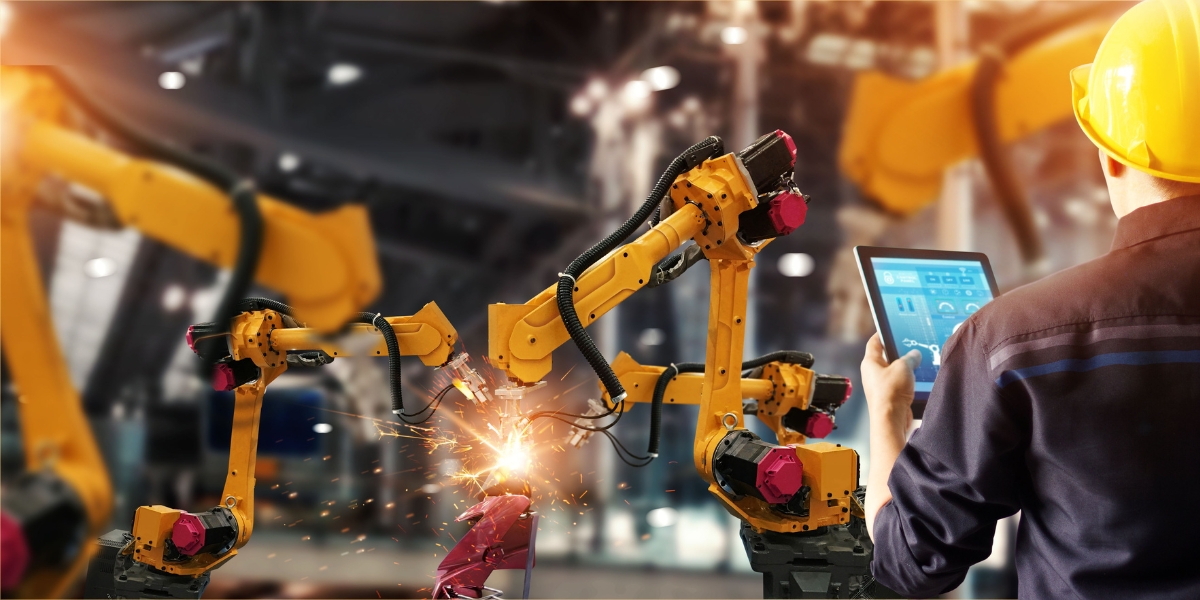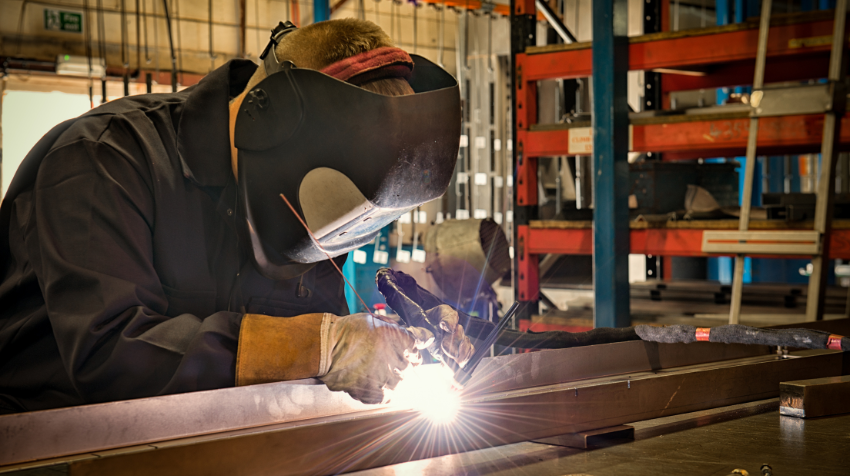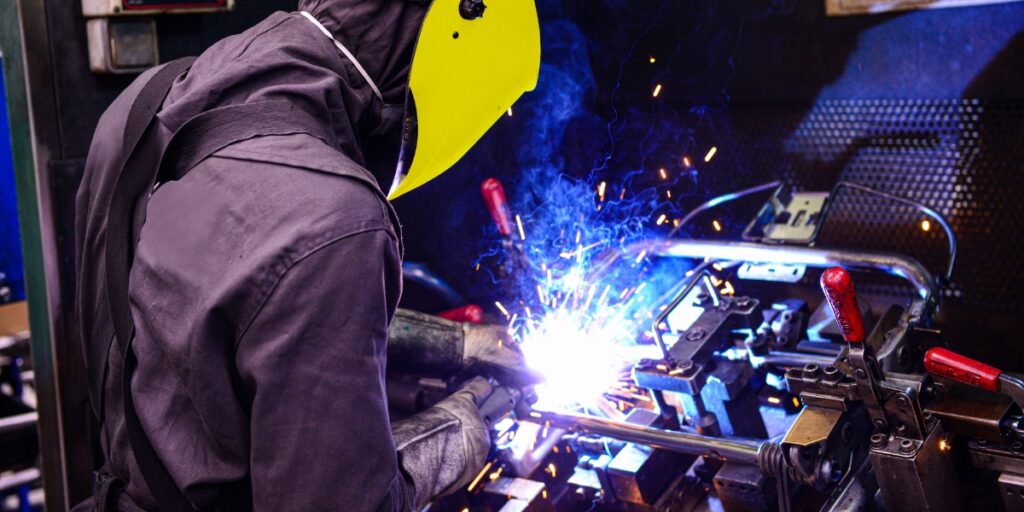Auto Body Welding Near Me
Auto body welding is a critical repair technique for fixing damaged metal components on vehicles. There are several popular welding methods used in auto body shops, including:
- MIG (Metal Inert Gas)
- TIG (Tungsten Inert Gas)
- Stick
- Flux-cored
This guide provides a comprehensive overview of the most important auto body welding fundamentals, covering the various techniques, required tools and supplies, best practices, advanced procedures, and frequently asked questions. By learning proper welding skills and techniques, auto body technicians can produce safe, high-quality repairs that meet OEM standards.
Types of Auto Body Welding
When it comes to repairing vehicles, several go-to welding methods get the job done right. Mastering these common techniques is key for aspiring or experienced auto body technicians. Let’s walk through the most popular types so you can decide which process fits your repair.
MIG Welding
One of the most common types of welding for auto work is MIG (Metal Inert Gas), also known as Gas Metal Arc Welding or GMAW. This versatile process uses a continuous wire electrode fed through a handheld gun.
Here’s a quick rundown of how MIG welding works its magic:
- An electrical current arcs between the base metal and the wire electrode, generating heat up to 6,000°F
- The wire acts as a conductor, transferring current to the metal for welding
- A shielding gas like argon or CO2 flows through the gun, protecting the weld pool from contamination
MIG welding has a lot going for it when repairing autobody components:
- It’s faster than other welding types, increasing shop productivity
- The wire feed system makes it easier to learn with consistent results
- Applicable for thin gauge metals like sheet steel or aluminum
- Allows for a variety of weld positions – even overhead!
With the right technique, a MIG welder can tackle repairs like:
- Fixing damaged or rusted body panels
- Filling holes from collision impacts
- Joining replacement body sections
- Welding door skins and other exterior parts
So, if you need solid welds at a good clip, MIG is your best buddy in the body shop.
TIG Welding
TIG (Tungsten Inert Gas) welding is your new BFF if you want more precision and control for those detail-oriented welds.
Here’s the lowdown on how TIG welding works:
- An arc forms between a non-consumable tungsten electrode and the workpiece
- You manually feed a separate filler rod into the weld pool
- An inert shielding gas like argon flows around the arc
TIG welding requires a steady hand but offers advantages like:
- Excellent for thinner gauge metals – especially aluminum
- Allows precise control of heat input for minimal warping
- Higher quality, stronger welds than other processes
- Welds hard-to-reach spots with ease
Some great uses for TIG welding in auto body work:
- Joining aluminum trim pieces or custom panels
- Filling small gaps or holes in sheet metal
- Securing replacement patches over rust spots
- Welding vehicle frames or roll cages
So, if you believe precision is the path to perfection, a TIG welder is your discerning choice for intricate autobody welds.
Stick Welding
Don’t overlook old, reliable stick welding (SMAW) for your auto body tasks. Stick welding uses an electrode that also serves as a filler rod:
- Electric current flows between the stuck electrode and the workpiece
- The electrode coating vaporizes, forming a shielding gas
- You manually move the electrode along the weld joint
Stick welding may not be as pretty, but offers advantages like:
- A mobile, versatile process – can weld almost anything!
- Electrodes are inexpensive and easy to change
- Allows welding in any position, even vertical and overhead
- Works outdoors with windy conditions or dirty/rusty metals
Stick welding is great for projects like:
- Tacking parts together before finishing welds
- Quick repairs of auto body damage
- Filling holes or welding seams in heavy gauge steel
- Joining thicker and highly conductive metals
So, if you need to weld outdoors or in awkward spots, grab a stick welder and start striking arcs!
Flux-Cored Welding
Last but not least is flux-cored welding, which uses a wire with flux in the core:
- The wire melts from the arc heat, depositing welded metal
- Released flux vaporizes to shield the weld from contamination
- No need for external shielding gas – the flux does it all!
Flux-cored welding offers advantages such as:
- Higher deposition rates than solid wire MIG
- Deep weld penetration from higher arc energy
- Minimal splatter and fumes with gas shielding
- All-position welding capability
Great uses for flux-cored welding in auto body work:
- Filling holes or welding body seams quickly
- Joining thicker and rusty metals
- Outdoor welding where shielding gas may blow away
- Vertical welding of truck frames or roll bars
So, if you want versatility combined with higher production speeds, grab a flux-cored welder and start fusing!
Hopefully, this breakdown gives you a better grasp of the most common options for auto-body welding. You’ll gain skills with multiple processes to handle any repair scenario with practice. But for now, choose a technique that fits your current skill level and weld away!

Auto Body Welding Equipment and Supplies
You can’t weld up sweet auto body repairs without the right welding gear and accessories. Let’s review the essential equipment and supplies you’ll need to start welding confidently.
Essential Welding Equipment
Quality tools are key for optimal welding results. Here’s the key gear to have on hand:
Welder
You’ll need an actual welder suited for auto body work! Choose a machine with enough power and the features to match your skill level:
- MIG welders – Best for beginners and thin sheet metals
- TIG welders – Offer the most control for precision welding
- Stick welders – The most affordable and portable option
Select a welder that can handle the metal thickness you’ll be working with. And if you’re just starting, don’t break the bank on an expensive welder until you gain more experience.
Welding Helmet
Protect your eyes and face with a quality welding helmet. Auto-darkening filters make it easy to see your weld puddle as you work. Look for options with adjustable sensitivity and delay controls.
Welding Gloves
Welding gloves are essential for keeping your hands safe from sparks, spatter, and heat. Choose leather gloves specifically designed for welding for proper coverage and dexterity.
Welding Curtains
Stop welding flash from damaging eyes or skin with welding curtains/screens. Use flame-retardant poly curtains to block UV/IR light and sparks around your work area.
Welding Clamps
Welding clamps securely hold your workpieces together in perfect alignment. This prevents warping or shifting during welding. Magnetic clamps are perfect for steel auto-body panels.

Proper Equipment Maintenance
Taking care of your welding equipment properly will keep it running like new for years of service:
- Perform regular safety checks to ensure proper operation and prevent electrical issues
- Keep the welder nozzle and tip clear of spatter buildup for optimal performance
- Clean helmet lenses and replace them if damaged – don’t weld with impaired vision!
- Follow all manufacturer maintenance recommendations for the best results
Welding Supply Considerations
You’ll also need expendable welding supplies like electrode wire, shielding gas, filler rods, and safety gear:
- Choose the wire diameter and type to match your welder, joint thickness, and metal being welded
- Select the proper shielding gas for your process – ARGON for ALUMINUM, CO2 for STEEL
- Keep a variety of filler rods on hand for TIG welding different metal types and thicknesses
- Always wear proper protective gear like leather jackets, gloves, and respirators
Investing in quality welding supplies tailored for auto body work will make learning easier and give you better repair results. Ask vendors for input if you need help selecting the right consumables.
Now that you know which essential equipment and supplies you’ll need, you can assemble your welding arsenal! You’ll weld auto bodies like a pro with the proper tools and accessories. But remember, nothing beats hands-on practice when it comes to perfecting your welding skills. So gear up and start welding!
Auto Body Welder Selection and Cost Considerations
Choosing the right welder for your auto body shop is an important decision. Let’s review key factors to consider when selecting a welder and average costs.
Key Factors in Choosing a Welder
Consider what and how you’ll be welding to pick the best machine:
- Output power – Make sure the welder can penetrate the metal thicknesses you’ll be welding
- Duty cycle rating – Higher percentages translate to more welding time before rest
- Power source – MIG/flux-cored needs constant voltage, TIG requires a constant current
- Features – Built-in pulsing, high-frequency starting, gas solenoids, etc., add convenience
- Portability – Weight, size, and power supply needs affect mobility
Differences Between Welders
Each main type of welder has pros and cons:
- MIG welders – Easiest to learn on, good for thinner metals
- TIG welders – Most versatility and control, steeper learning curve
- Stick welders – Most affordable, limited on thinner materials
- Multi-process welders – Allow switching between MIG, stick, and TIG, but cost more
Additional Features to Consider
Added functionality can expand your capabilities:
- Pulsed MIG – Better for welding aluminum and thin materials
- Spool guns – Needed for aluminum MIG welding
- High-frequency starting – Makes initiating a TIG arc easier
Entry-Level vs. Professional Grade
Your experience level and budget also play into your choice:
- Entry-level welders – Inexpensive, simple operation. Good for beginners.
- Professional welders – Advanced features and durability. Higher performance for experienced welders.
Average Costs of Welders
Expect to invest $100-$400 for a basic stick welder, $300-$2000 for a MIG welder, and $1000-$4000+ for a TIG welder.
Do your homework before buying so you select the right welder. And don’t hesitate to consult experienced welders for advice!

Auto Body Welding Best Practices
Now that you’re set up with welding gear let’s go over some best practices for high-quality auto body welding. Follow these techniques and tips to take your welding skills from novice to pro.
Proper Preparation
Success starts before you strike an arc. Follow these steps to set yourself up for sweet welds:
- Examine the area – Assess the metal condition and joint design to plan your approach
- Clean surfaces – Remove all rust, paint, oil, etc., from the weld area using a grinder or wire brush
- Use clamps – Securely clamp parts together to prevent movement during welding
- Protect yourself & others – Don protective gear and set up screens/curtains to block UV light
Taking time to prep ensures you can execute the weld smoothly and safely. Don’t rush this step!
Choosing Suitable Settings
Dialing in the right welder settings for the job is key. Consider these factors:
- Material type – Steel requires different settings than aluminum due to melting points
- Material thickness – Thicker metal needs higher amperage to penetrate
- Weld position – Vertical/overhead welds may need lower wire speed
- Desired appearance – Fine-tune voltage and wire speed for the weld look you want
Don’t be afraid to experiment on scrap pieces to find the ideal parameters. Taking notes also helps refine your technique.
Executing Quality Welds
Once ready, it’s time to lay down some weld! Follow these tips:
- Maintain proper angle and tip-to-work distance based on the welding process. This takes practice.
- Use a steady back-and-forth motion (for MIG/stick) or circular motion (for TIG) along the joint.
- Keep an even travel speed – Too fast results in poor fusion, and too slow causes excess heat buildup.
- Stay in the weld joint – Weaving too wide overheats the edges and leads to distortion.
- Use multiple passes on thicker metals to control heat input. Allow each pass to cool before the next.
With good technique, you’ll churn out top-notch welds ready for finishing work. Don’t get discouraged if your welds aren’t perfect at first – skill comes with experience.
Finishing Welds
Once a weld bead is complete, a few finishing steps give it a professional touch:
- Wire brush the weld and surrounding area to remove slag and spatter
- Grind down any remaining weld irregularities for a flush, uniform surface
- Smooth edges with a sanding disc to remove sharp burrs and improve appearance
- Clean the area with a cloth to remove metal debris and dust
Taking time to finish your welds properly shows attention to detail that customers will appreciate!
Meeting OEM Standards
Vehicle manufacturers provide specific welding recommendations that should be followed during repairs. For optimal safety:
- Follow OEM welding guidelines for materials, settings, techniques, and finishing
- Perform test welds on scrap to prove your welding procedures
- Visually inspect all welds for proper size, shape, and defect-free appearance
- Conduct nondestructive testing like UV light inspection of welds when required
While meeting OEM standards takes diligence, it ensures welds can withstand road stresses and protect vehicle occupants. Don’t cut corners here!
By mastering proper preparation, dialing in your welder, perfecting technique, properly finishing, and adhering to OEM procedures, you’ll be cranking out exceptional auto body welds in no time. Just remember – practice makes perfect in welding. So keep at it!
Advanced Auto Body Welding Techniques
Once you master the basics, it’s time to step up your welding game! Here are some more advanced techniques for today’s newer auto body materials and repair procedures.
Pulsed MIG Welding
This variant of MIG welding uses a pulsed current for improved control:
- The current rapidly alternates between a high and low level
- The peak current quickly melts the metal while the background current allows cooling
- Results in lower heat input overall compared to standard MIG
Pulsed MIG is ideal for:
- Welding thin gauge aluminum or steel panels
- Minimizing warping when welding near heat-sensitive areas
- Maintaining weld appearance by reducing spatter
So, if you need more finesse than traditional MIG welding, turn to pulsed MIG!
Welding High-Strength Steels
Newer steels like boron and dual-phase are stronger but tricky to weld:
- Their higher strength requires more heat to weld
- But lower carbon content means they lose strength if overheated
Follow these tips for welding high-strength steels:
- Use higher voltage and wire speeds to increase penetration
- Choose a smaller diameter wire to focus heat in the joint
- Use multiple fast passes rather than long slow passes
With practice, you can successfully weld high-strength steels without compromising their properties.
Welding Bonded Panels
Newer vehicles often use adhesives along with weld bonds:
- This allows thinner, lighter panels while maintaining strength
- Adhesives must be carefully removed before welding
To properly weld bonded panels:
- Follow OEM procedures for removing adhesives
- Use low heat input welds to avoid damaging adjacent bonds
- Test adhesives to ensure full removal before welding
As auto bodies become more bonded, mastering these techniques is key for repairs.
The future of auto body welding presents new challenges and opportunities if you upgrade your skills. So step outside your comfort zone and take your abilities to the next level!
Conclusion
Auto body welding is an essential repair skill that takes time to master. With practice and experience, you can become adept at techniques like MIG, TIG, stick, and flux-cored welding. Investing in equipment tailored for auto body work will provide the capabilities to weld various metals and joint configurations. Following fundamental best practices around preparation, settings, technique, finishing, and meeting OEM standards is key to achieving safe, high-quality welds. Don’t be afraid to learn advanced methods like pulsed MIG, high-strength steel welding, and working with bonded panels as you build your skills. With persistence and dedication to continuous improvement, you can become an ace auto body welder capable of tackling any repair challenge. At the end of the day, quality and safety are paramount. By honing your welding craftsmanship, you ensure repairs withstand the rigors of the road while protecting drivers. So keep striving to perfect your welding skills – you

